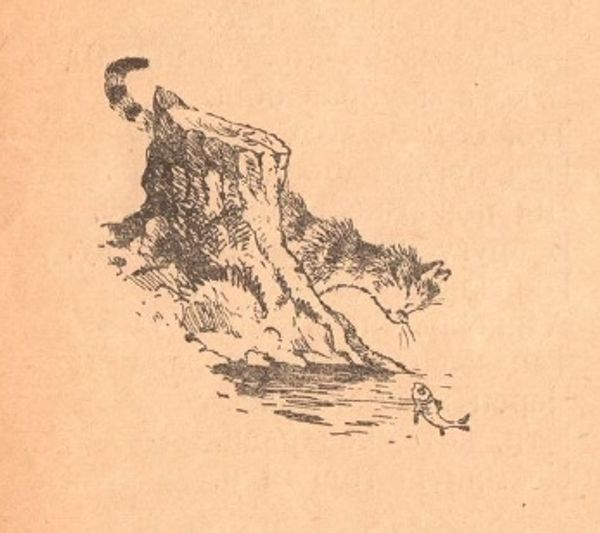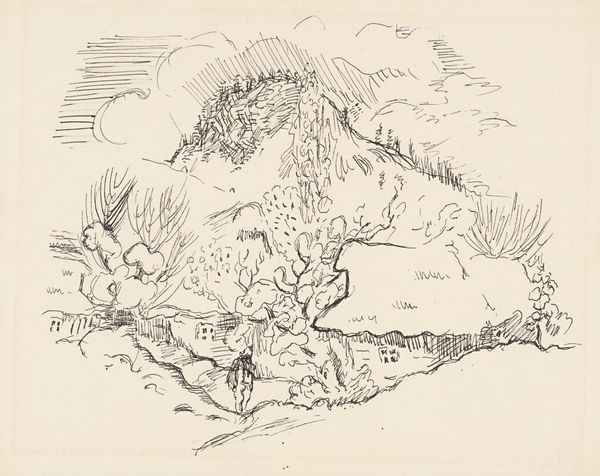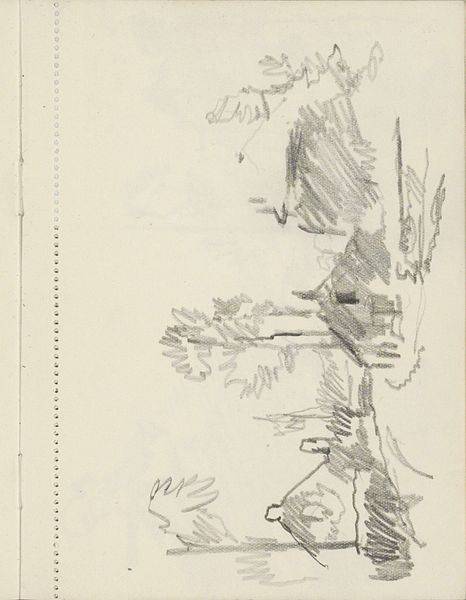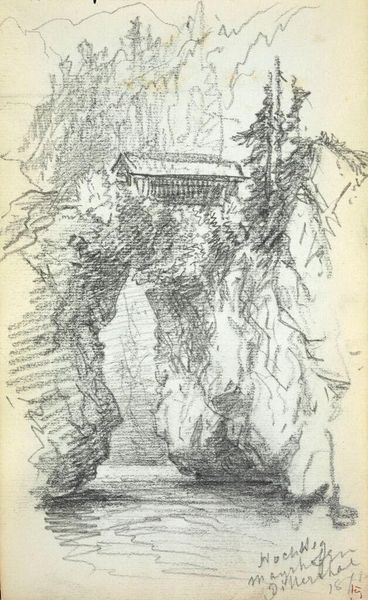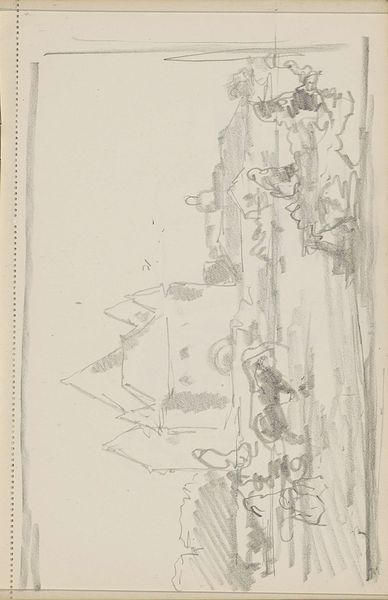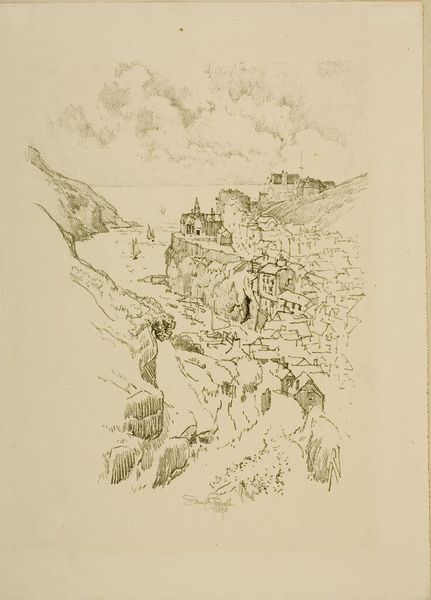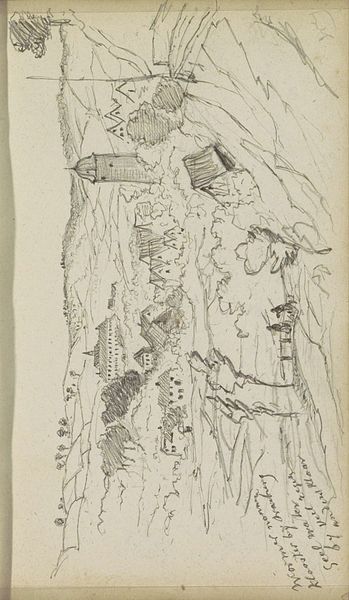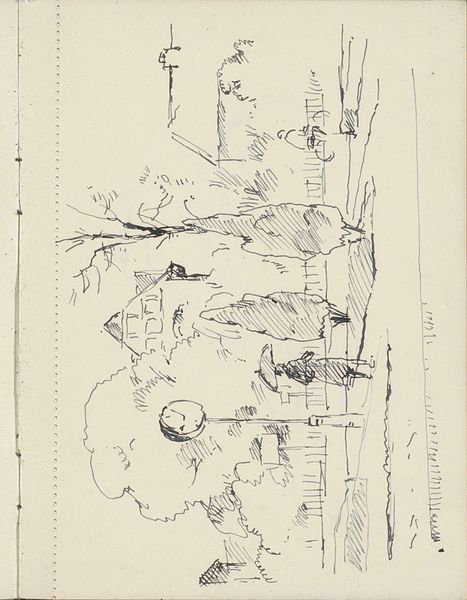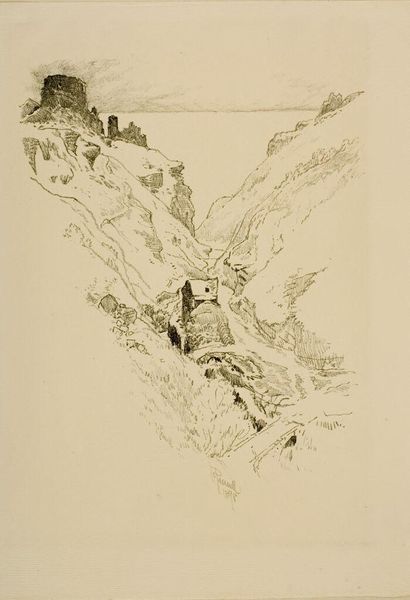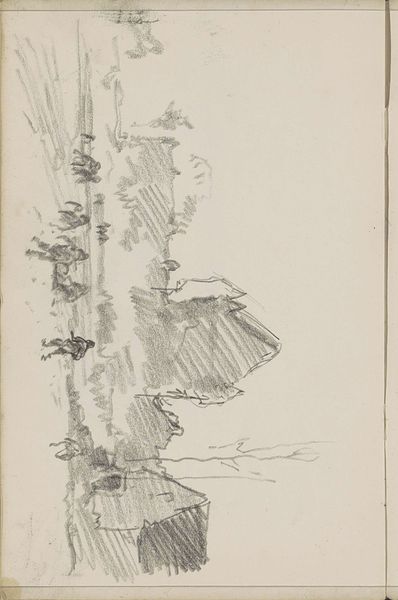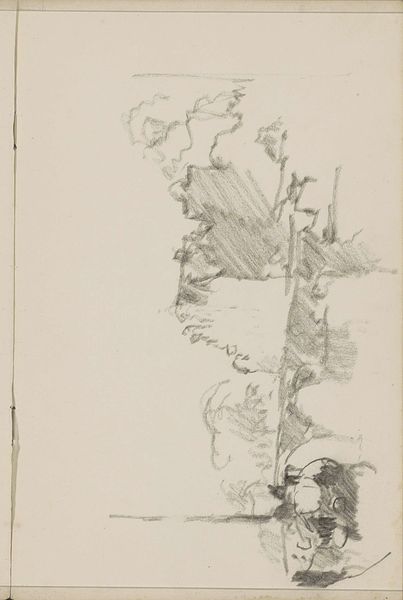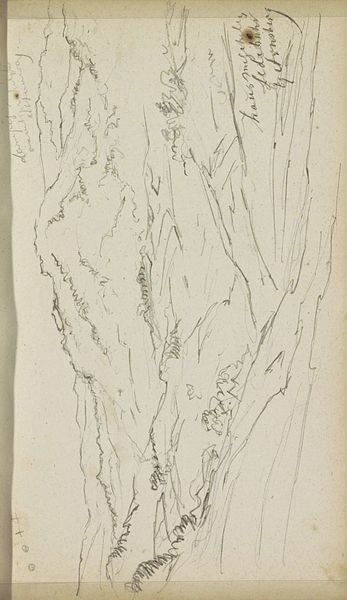
Illustrations for Mikhail Stelmakh's book "In the Hedgehog's Windmill" 1956
0:00
0:00
drawing, paper, ink
#
drawing
#
pen drawing
#
pen illustration
#
pen sketch
#
old engraving style
#
landscape
#
paper
#
ink line art
#
linework heavy
#
ink
#
plant
#
pen-ink sketch
#
thin linework
#
pen work
#
botany
#
doodle art
Copyright: Hryhorii Havrylenko,Fair Use
Curator: Before us we have an ink drawing by Hryhorii Havrylenko, created in 1956 as illustrations for Mikhail Stelmakh's book "In the Hedgehog's Windmill." Editor: My first thought is how meticulously detailed it is! The artist captured a wonderful natural scene, but what's fascinating to me is the concentration of visual textures he achieved just using linework. Curator: Yes, the density of lines is noteworthy. The book itself evokes themes related to nature and childhood, reflecting the intersection of the socio-political era. Post-war optimism perhaps manifested in allegories presented through such tales? Editor: I think you’re onto something. Focusing on the intrinsic elements, notice how he builds depth not through color but through the layering and varying thickness of lines. Semiotically, these lines become a form of coded communication! The forest is teeming, alive. Curator: Precisely! And in the context of Soviet Ukrainian art, such emphasis on nature wasn’t just about aesthetics. These images were a form of cultural production shaping the narrative about the homeland— a carefully crafted visual identity that encouraged certain kinds of communal sentiment. Editor: Let's talk about those mushrooms clustered at the bottom! In a way, the entire image rises and grows from that locus. Curator: Symbolically, mushrooms have long been connected to ideas of transformation. The choice to feature them prominently might even nod subtly to concepts related to resilience and resourcefulness within the collective psyche of Ukrainians, healing from the ravages of war. Editor: Indeed, viewing art like this, deeply embedded in illustrative tradition, can allow us to unearth the multi-layered history embedded even in children’s literature. Curator: These illustrations encourage us to remember the ways cultural memory shapes visual representation. Editor: I see it more as an exploration into line and composition to conjure feeling; but context undeniably enriches the reading.
Comments
No comments
Be the first to comment and join the conversation on the ultimate creative platform.
